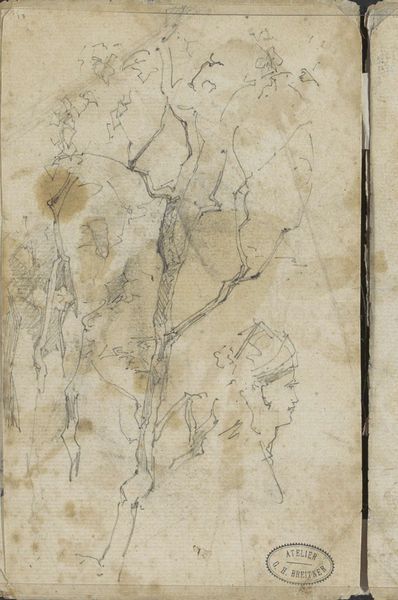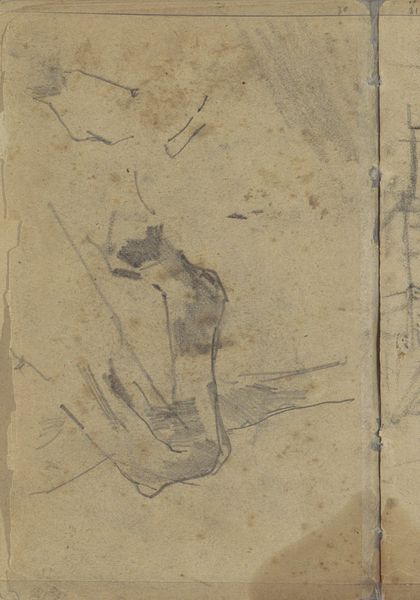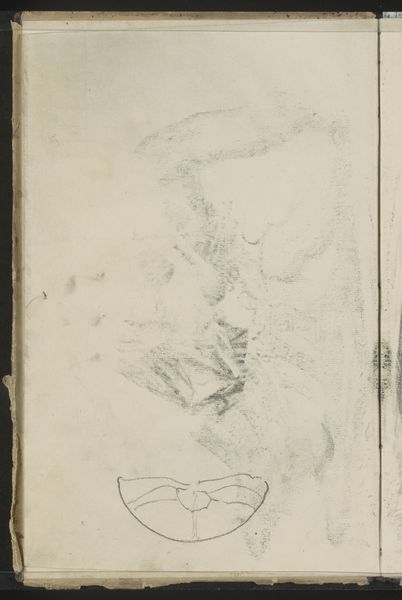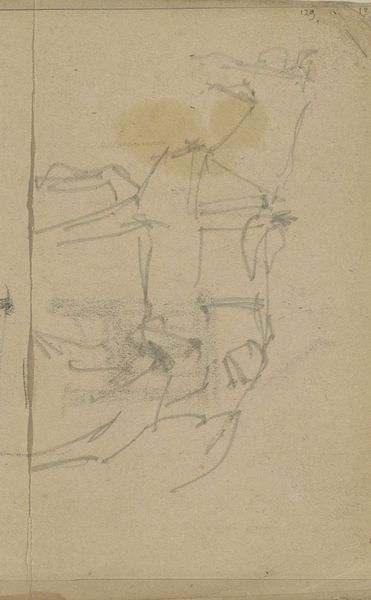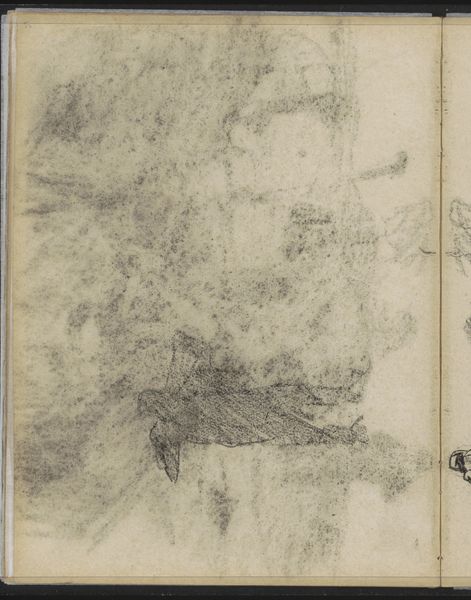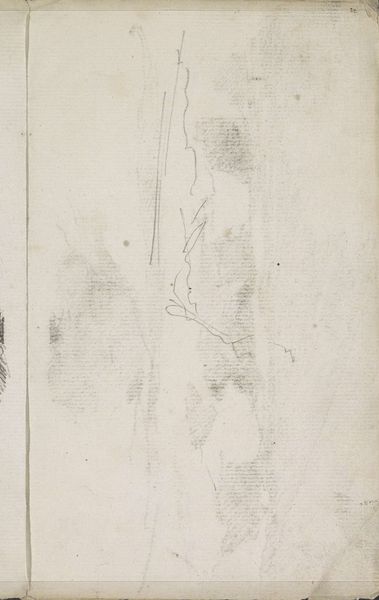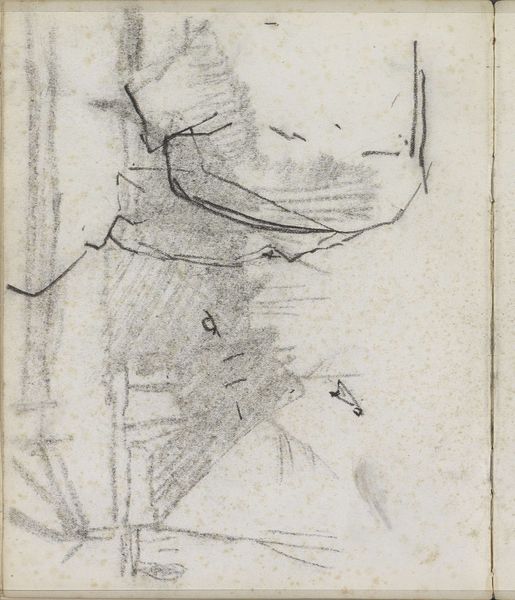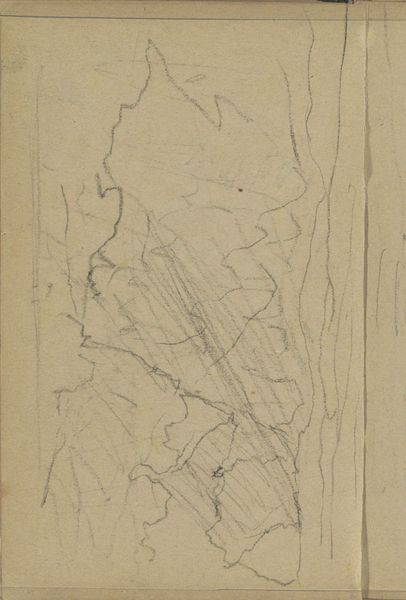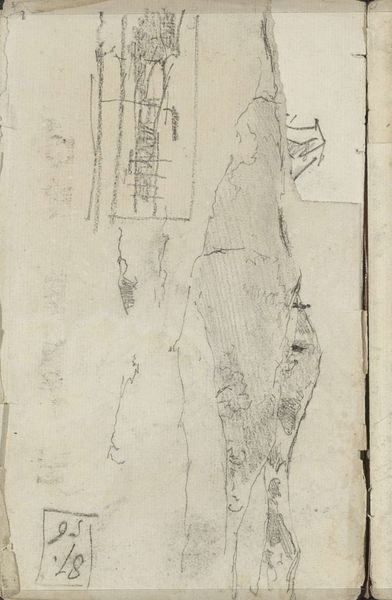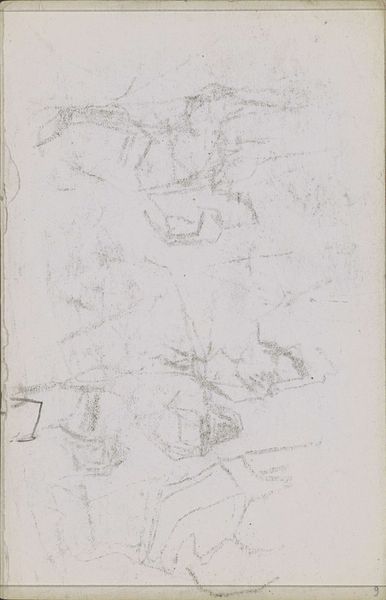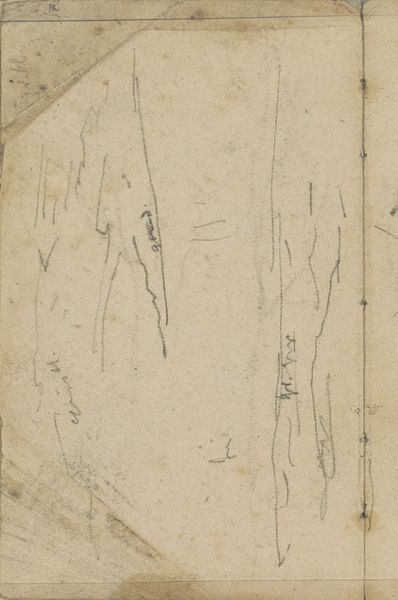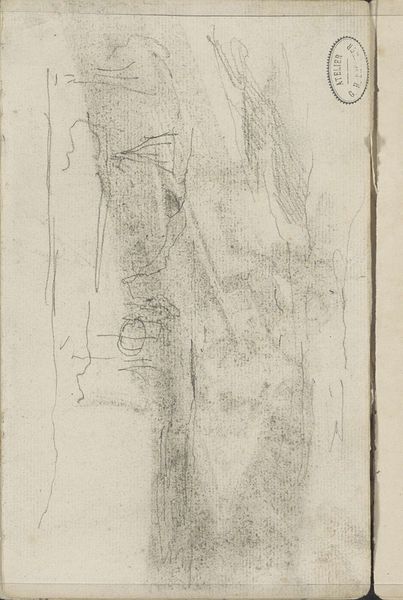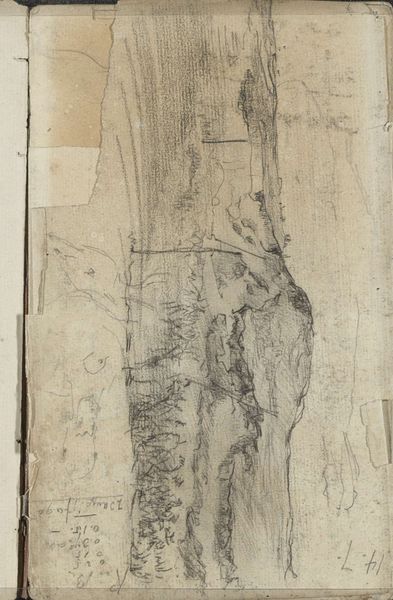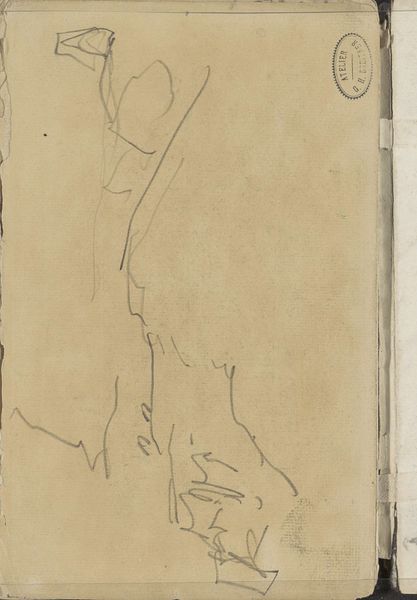
Studieblad met een ruiter, een paard en een mannenhoofd Possibly 1881 - 1886
0:00
0:00
drawing, paper, pencil
#
portrait
#
drawing
#
impressionism
#
landscape
#
figuration
#
paper
#
pencil
#
horse
#
line
Copyright: Rijks Museum: Open Domain
Curator: Here we have "Study Sheet with a Rider, a Horse, and a Man's Head" by George Hendrik Breitner, likely dating from 1881 to 1886. It’s currently held at the Rijksmuseum. Editor: My initial impression is of… movement. Like capturing a fleeting thought, or maybe a scene glimpsed from a moving train. The light pencil strokes feel very immediate, almost like the paper itself is vibrating. Curator: Yes! That captures Breitner’s style so well. He was a master of capturing fleeting moments, of imbuing the mundane with a sense of life. And here, with just pencil on paper, he’s conveying that dynamism. It makes me think of early photography – those first attempts to freeze a moment in time, imperfections and all. Editor: Well, precisely. The choice of pencil is so integral. It's an accessible material, indicative of sketching, a transient state, not designed for posterity like oil on canvas might be. It also feels so directly connected to the hand, and the speed with which these figures might have been drafted from reality, reflecting back on the daily rituals in his studio, how materials informed artistic activity. Curator: You're right. There's such a sense of immediacy. Each line, though faint, carries such intention. Breitner's style is linked to Impressionism, that movement dedicated to the transience of experience and plein air drawing and painting. But here he is in the studio probably preparing to render similar figures onto canvas at larger scale. This one sketch conveys that beautifully; you see a horse, a rider, the suggestion of a face, but each remains unfinished, evocative, and ever just out of reach. What does it tell us that some elements of the compositions appear so overworked with multiple overlapping lines and some parts have mere suggestions of strokes. Editor: I am not sure he wanted any 'finished' outcome to appear 'timeless' to others when his drawing technique embodies material labor on his part and temporal change regarding subjects represented. Here, time becomes both the material with which Breitner works and is meant to demonstrate. Perhaps this is what the 'genius' truly embodies and something everyone at home can learn when handling similar sketching practices or processes: embracing imperfect expression over preconceived grand illusions about some universal quality present among 'high art.' Curator: You have given me food for thought about rethinking how Breitner wants to offer an open access approach, where viewers interpret based on feeling. It certainly is there! This has allowed me a more insightful approach than I expected. Editor: It all lies within a materiality!
Comments
No comments
Be the first to comment and join the conversation on the ultimate creative platform.
